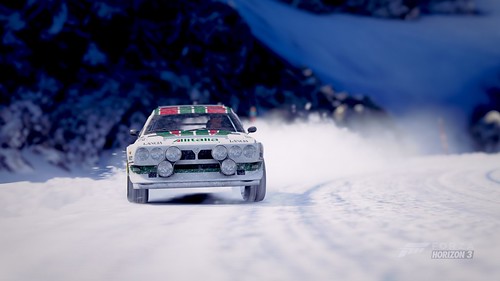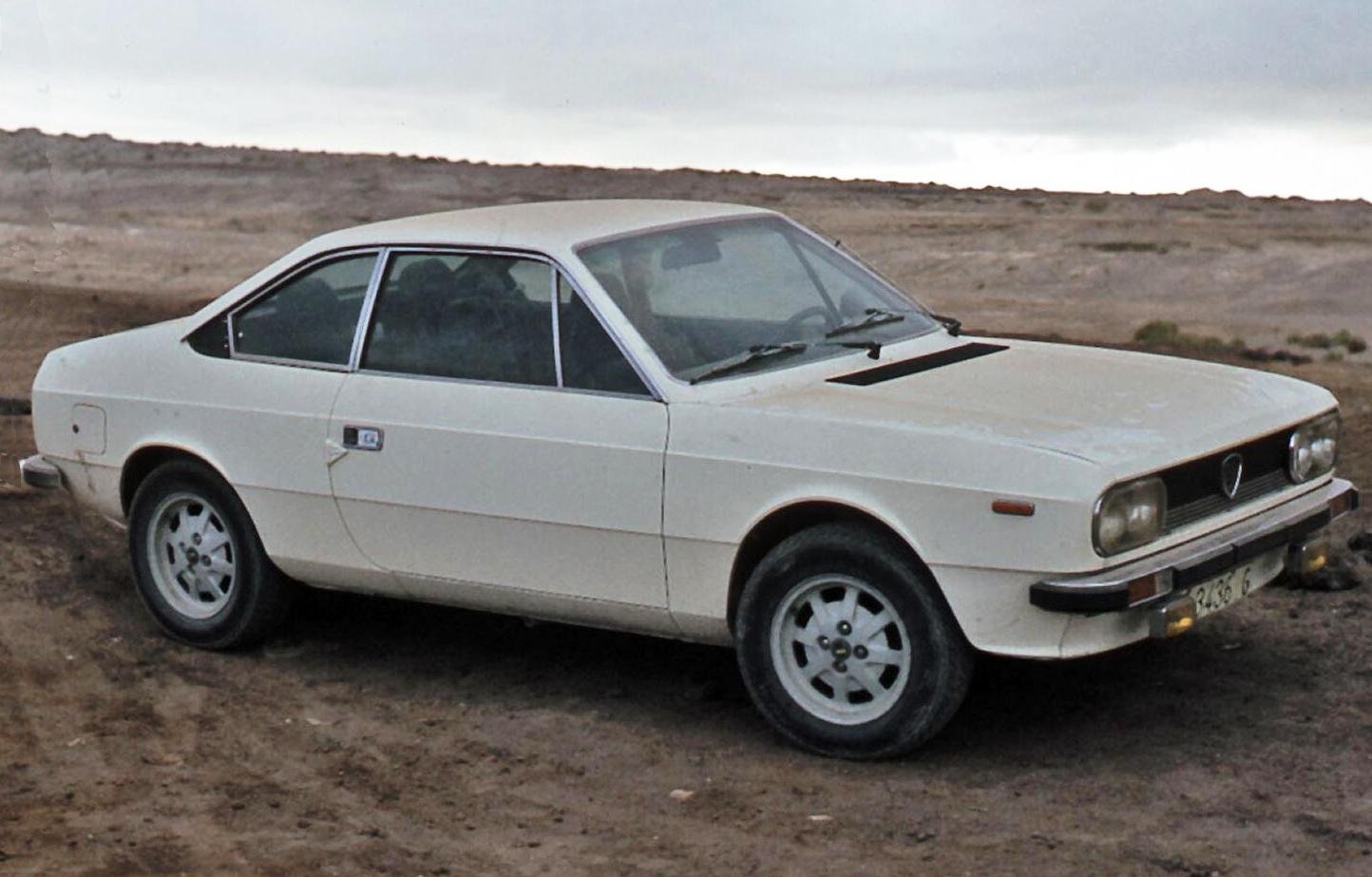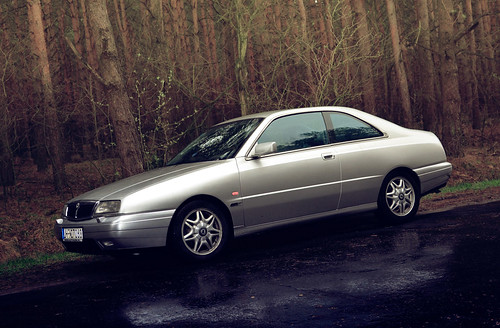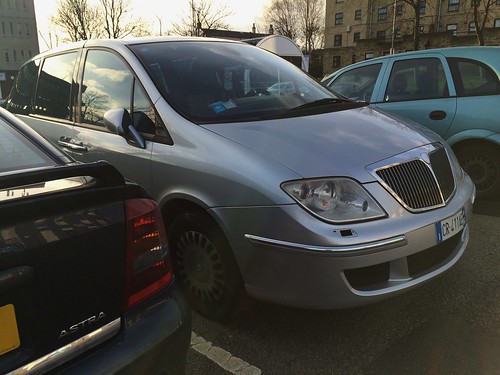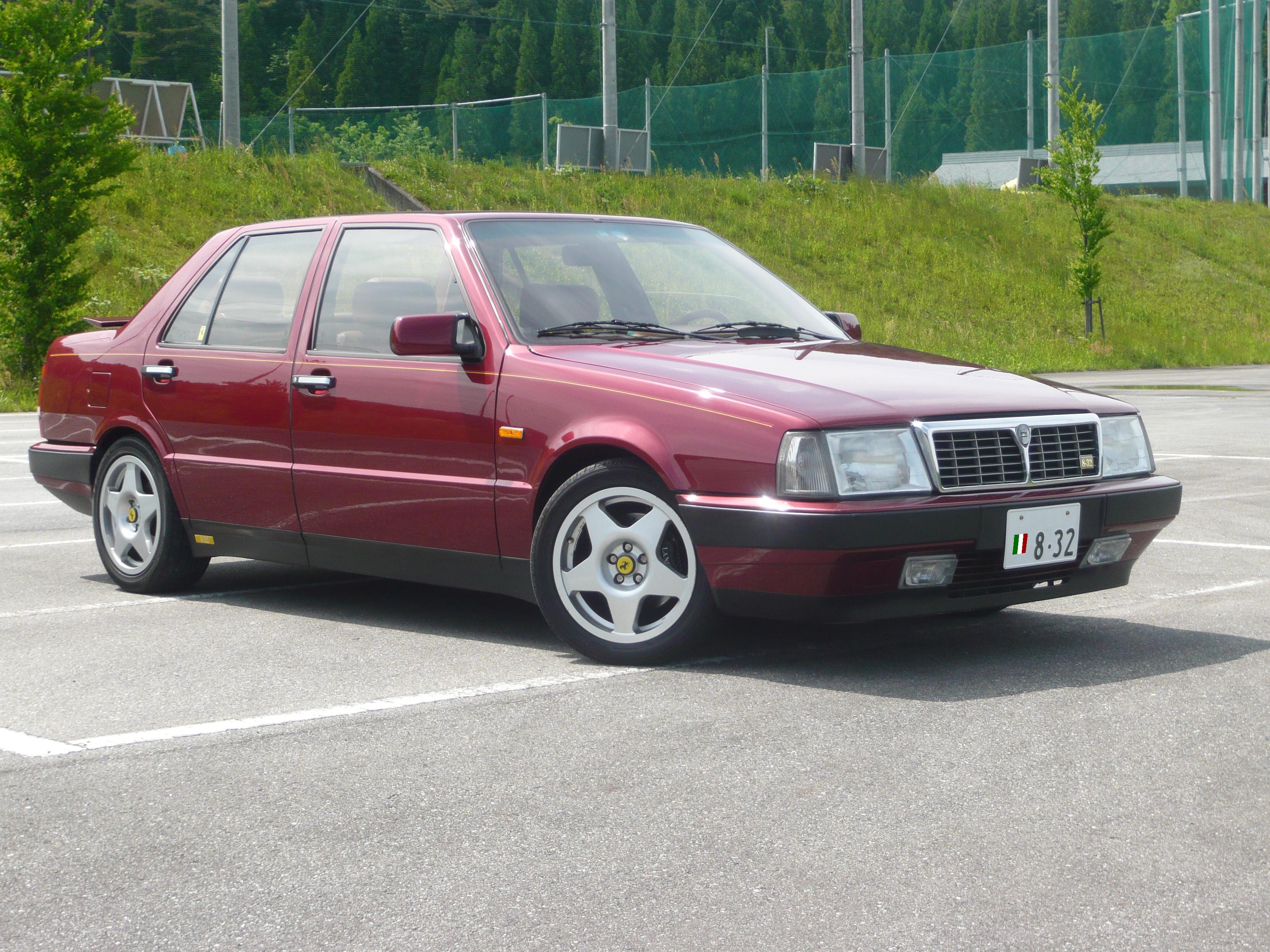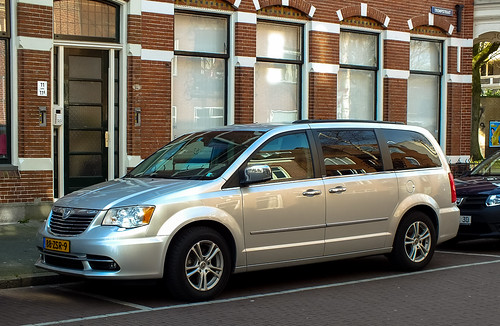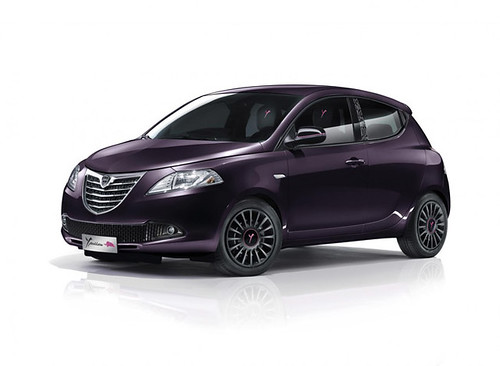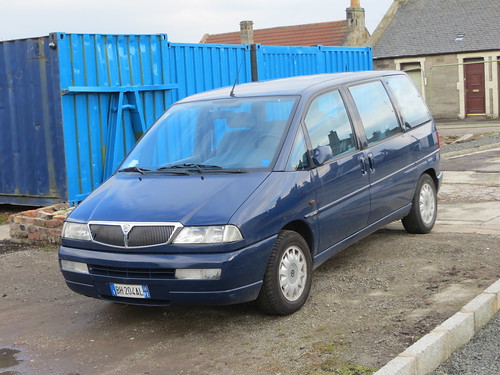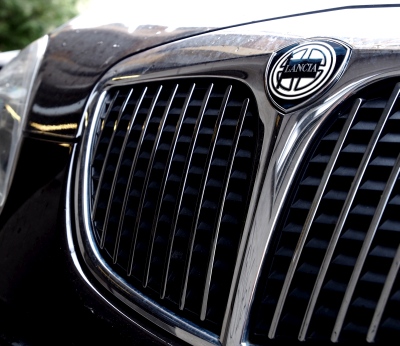
Interesting Facts About Lancia You Probably Don’t Know – Common Problems – and PDF Manuals for Download…
In early 1906, a brave accountant known as Vicenzo Lancia quit his well-paying accounting job to pursue his passion of creating the most advanced motor vehicles the world had ever seen.
Following a partnership with his colleague Claudio Fogolin, the pair founded Lancia & C which was poised to be Italy’s first revolutionary automobile manufacturer.
Vicenzo was an experienced test driver for Fiat and had over the years gathered relevant experience and skill in engine diagnosis, repair and mechanical engineering.
The duo created their first innovative car known as the ‘Alpha’ which uniquely featured a tubular front axle unlike the normal solid steel axles. This made the vehicle quite light and fast.
Their creative genius continued and in 1913 they created the first in-built electrical system automobile in Europe known as the ‘Theta’.
The company continued to go above and beyond design boundaries and eventually, in 1922, they created ‘Lambda’, what is today known as the breakthrough in automotive design and engineering.
The car featured transmission tunnels that were incorporated in the floors, independent front suspensions and a narrow V4 engine which was the first of its kind in the world.
Another major milestone in the company’s growth was the creation of ‘Augusta’ in 1933 that incorporated an advanced front and rare braking system that functioned on hydraulics and an impressive ‘wardrobe’ style door opening mechanism.
Following the demise of Vicenzo in 1937, the company was left under the management of the founder’s son, Gianni. Production of passenger cars slowed down in Europe due to the Second World War and business would only resume to its former glory after the war.
Gianni made calculated partnerships and recruitments over the next few years that helped the company boost its revenue and market ratings.
It was during this revolutionary period that the company boldly entered the world of motor racing by developing some of the most powerful, well balanced and superior racing cars.
Lancia developed a great partnership with one of the manufacturing greats of the time, Ferrari, to create the ideal race cars.
This partnership paid off in the 1950s where, through creative design and technology, the ‘Scuderia’ won the World Formula 1 Grand Prix championship.
Over the years, and following difficult economic times, business was no longer good for Lancia and it eventually relinquished its race cars to Ferrari and sold its business interest to Pesenti in 1955, marking the end of an amazing era for the Vincenzo Lancia legacy.
The company continued to struggle and was eventually acquired by Fiat, which also owned Ferrari, in 1969.
With this new access to improved engineering and talent, Lancia and Ferrari developed the ultra-light, fibre glass reinforced ‘Stratos’ models which made major strides in the racing world, winning 13 international and national racing events between 1974 and 1978.
Following low reliability claims, Lancia’s reputation declined in the 90s but it still remains relevant in the market today with its revolutionary sedan model known as ‘Thesis’ that still keeps manufacturers and consumers in awe all across the world.
Common Lancia Problems
Although Lancia is credited for creating the first unitary body and chassis vehicle that was large enough to fit an independent front suspension, the vehicles have been known to face some problems over the years.
Below we examine some of the common problems faced by Lancia and how service repair manuals can play an important role in guiding their repair and maintenance.
Suspension
Lancia flourished in its race car models and seemingly so the suspensions of the personal car models were developed in the same design.
This makes it very hard to navigate while travelling along rough terrain or simply going over bumps.
Additionally the car tends to shake tremendously when going over tram rails.
Consumers are advised to visit the nearest dealer and have the suspensions inspected and consequently replaced if found to be faulty.
Rust
Most classic Lancia models were built using steel which makes them vulnerable to rust. Important parts of the car that aid in movement and motion may be afflicted by rusted screws or frames.
This may cause vehicle failure, or in worst case scenarios, accidents. For consumers who enjoy the glorious old models of the Lancia brand, a thorough check-up and maintenance routine should be carried out on the car periodically, especially if the car has not been fully restored.
Rare and Expensive to Maintain
Most Lancia classics were discontinued or overtaken by newer models.
This is an overwhelming challenge especially for collectors who prefer to own vintage vehicles. Getting spare parts may not only be difficult but also very costly.
This makes some of these models uneconomical to refurbish and consequently own, it is a reserve for the rich and affluent car collectors.
Vehicle owners are advised to carry out periodic maintenance on the vehicles and repair any damages as soon as spotted.
Also, it is important to keep the contacts of a Lancia dealer handy in the event that finding a spare part is elusive.
Brakes Failure
Although unpopular in the Lancia range of cars, at times the vehicle braking system will fail.
This has been attributed to, in most cases, rust and rot of critical electrical parts controlling the braking system.
Failed brakes are extremely dangerous as they may cause the car to roll forward or backwards without stopping, consequently causing an accident.
A thorough inspection of the vehicle braking system is necessary and should be done periodically.
Faulty or worn out brake pads and other parts should be repaired and/or replaced immediately identified. Also, keep vehicle lubrication levels at the optimum levels as recommended by the service manual.
Conclusion
Vicenzo Lancia gave the world a remarkable gift, the innovation and design prowess of a stellar automobile that has shaped the face of the industry over the past century.
To ensure continued service and performance of the vinatge Lancia brands then it is important that consumers invest in quality service, maintenance and repair of the units.
A detailed service repair manual outlining all the ‘dos and don’ts’ and the ‘how’s and whys’ of a classic Lancia vehicle is a worthwhile investment.
Purpose of this is to catalog and include one of most comprehensive, useful and accessible “automotive repair PDF manual” database on the web for all Lancia models.
It’s your go-to source for learning all about Lancia – when you can’t find it elsewhere.
To get started, select the intended car model below…


